Among the following which is more reactive toward AgNO3?
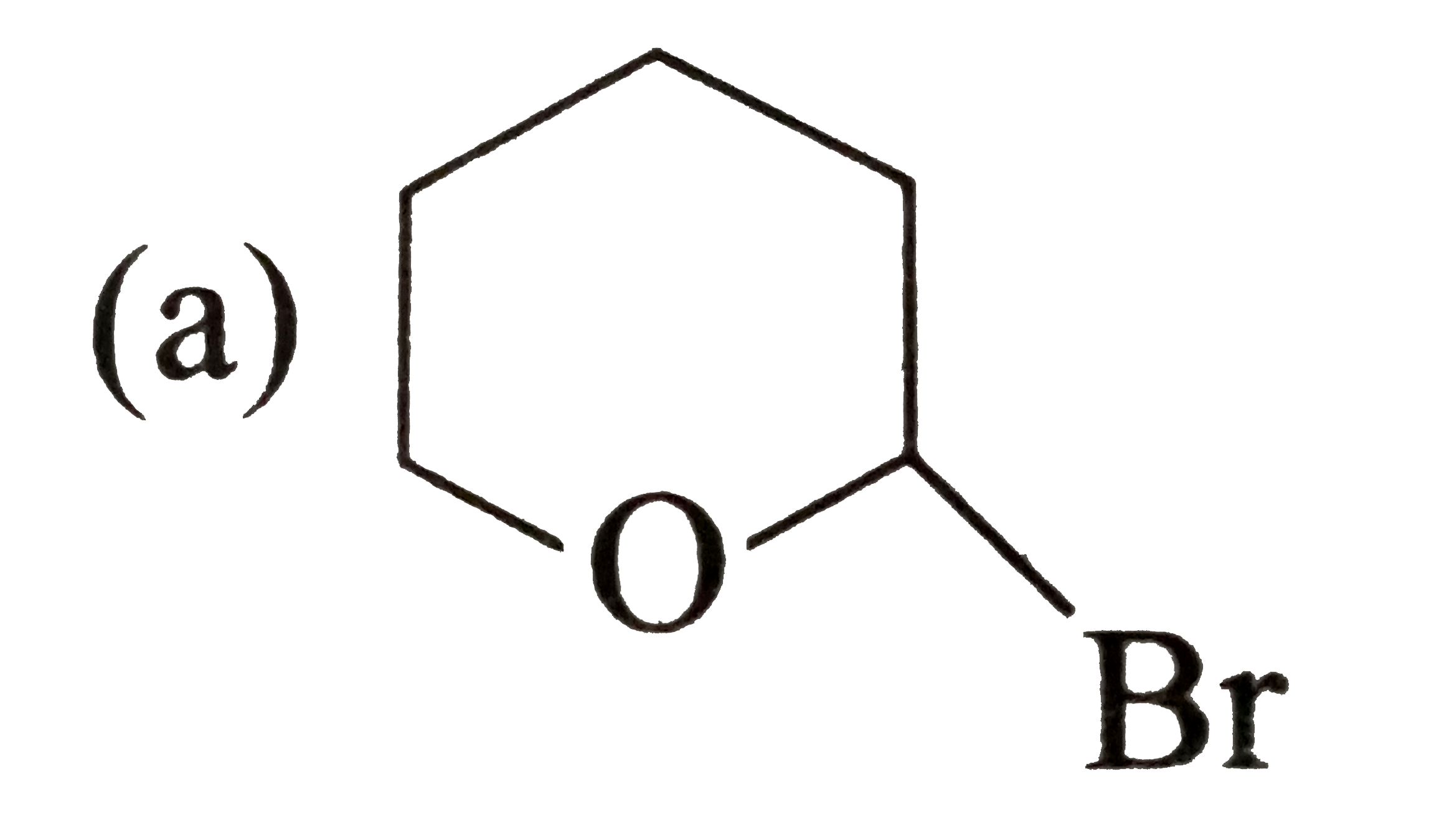
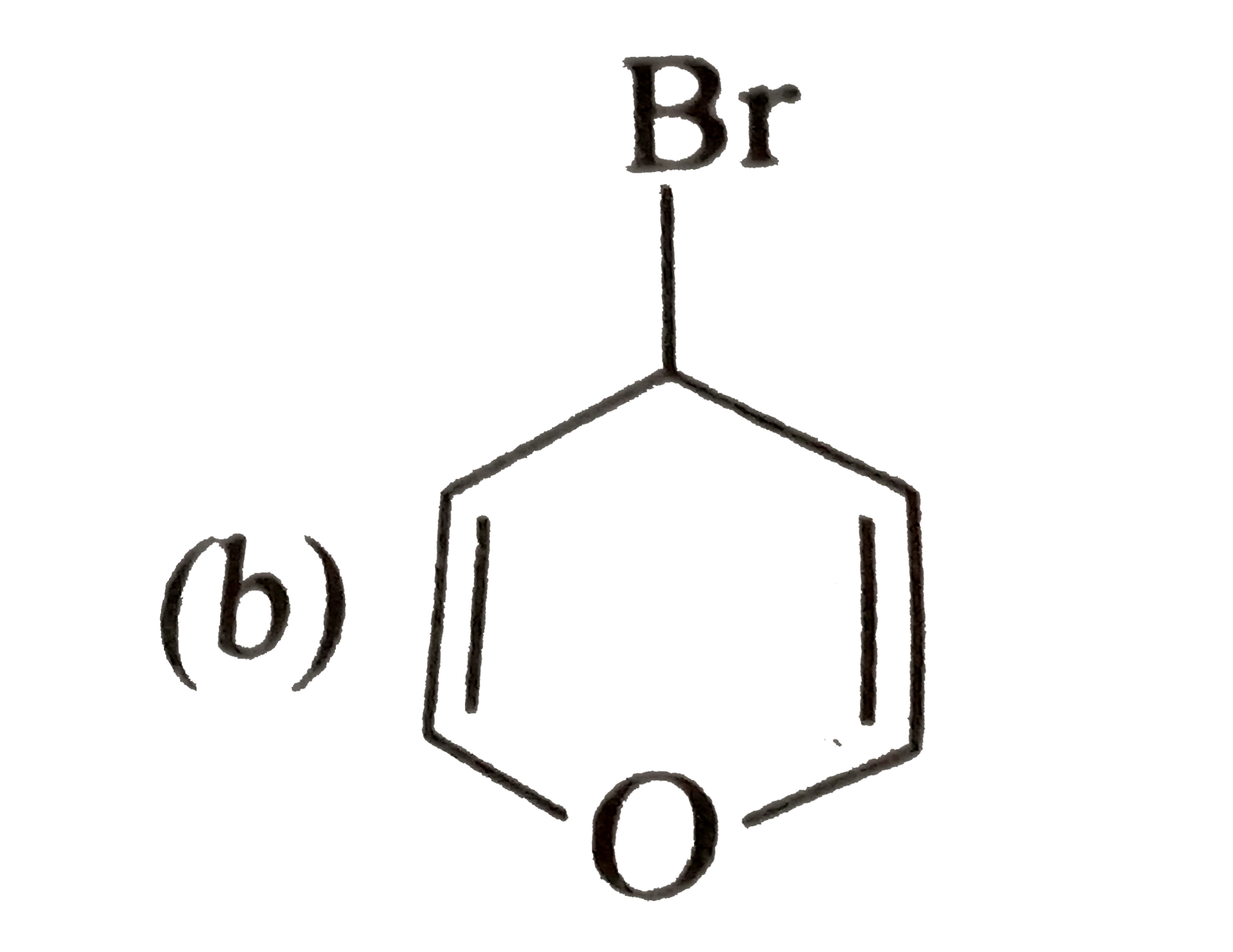
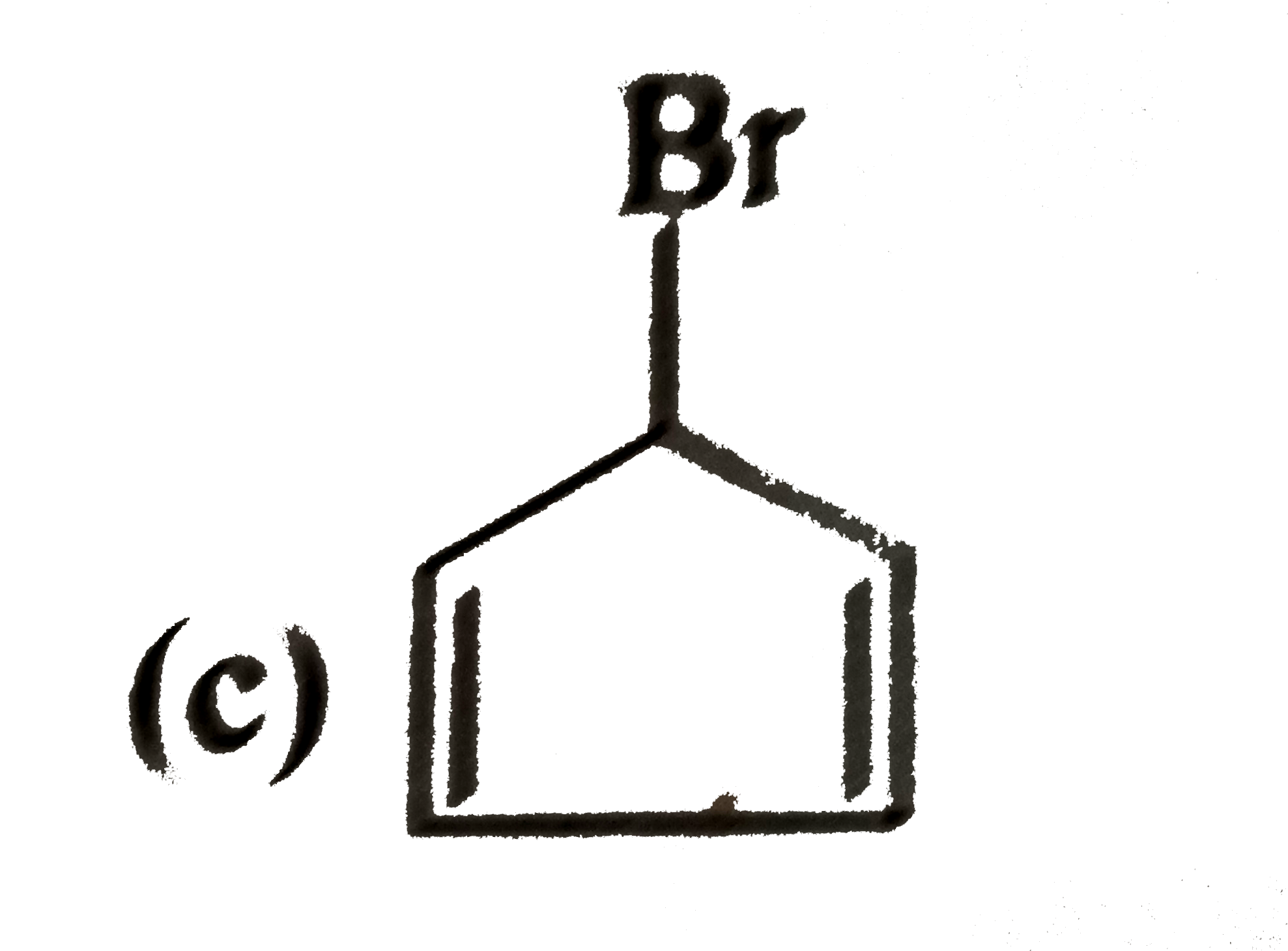
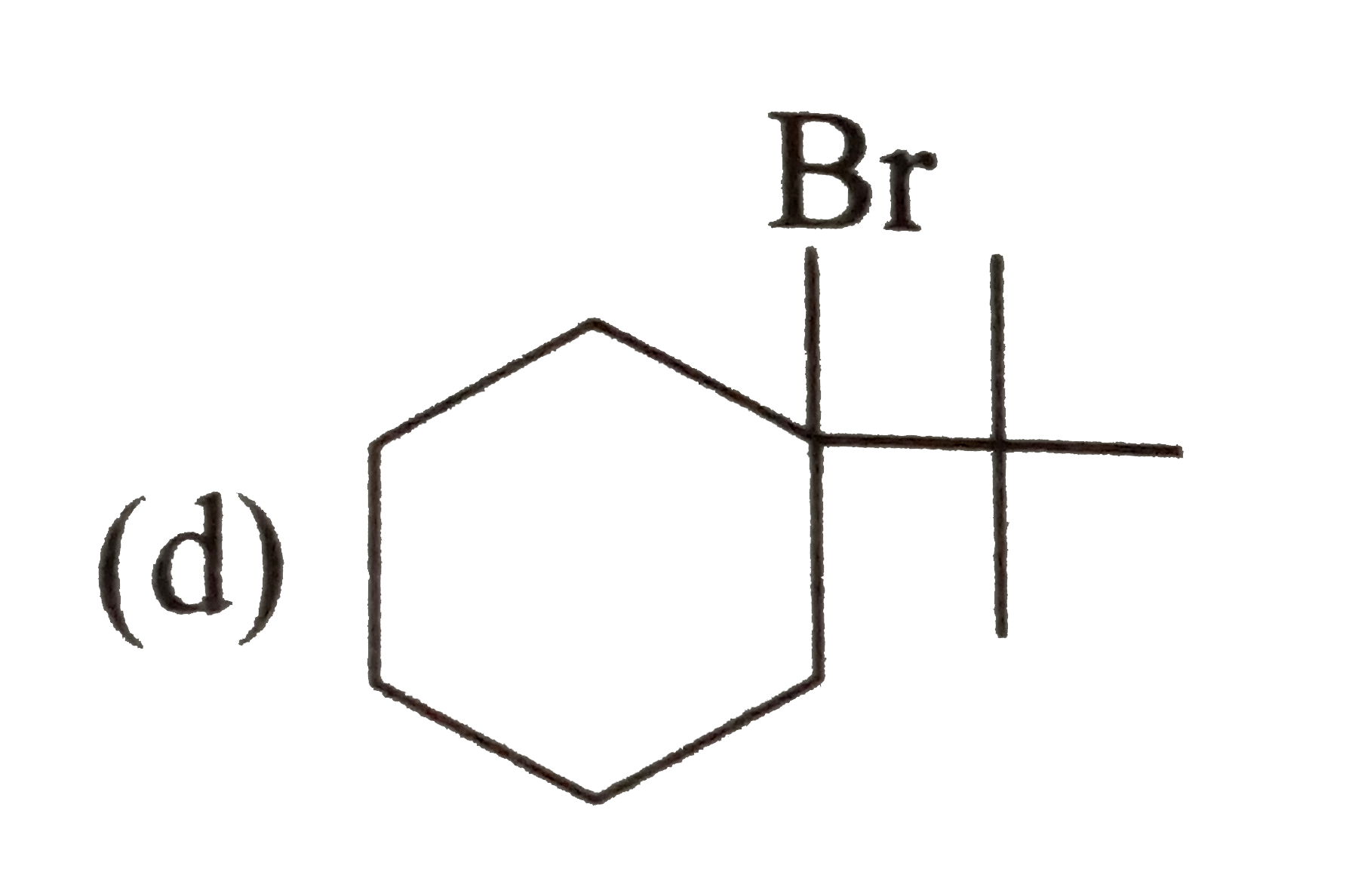
The correct Answer is:B
To determine which compound is more reactive toward AgNO₃, we need to analyze the stability of the resulting carbocations after the halide (Br⁻) is removed from each compound. The more stable the carbocation, the less reactive the compound will be. Conversely, the less stable the carbocation, the more reactive the compound will be.
1. Identify the Compounds: We need to analyze the reactivity of four different compounds (let's label them A, B, C, and D) toward AgNO₃.
2. Remove Br⁻ from Each Compound: For each compound, we will remove Br⁻ and observe the resulting carbocation:
- Compound A: Removing Br⁻ leads to a positive charge on the carbon adjacent to the oxygen. The oxygen can stabilize this positive charge through its +M (mesomeric) effect.
- Compound B: After removing Br⁻, a positive charge is formed on a sp² hybridized carbon. The oxygen can donate its lone pair to the ring, resulting in a conjugated system. This compound can become aromatic due to the presence of 6 π electrons in a planar ring, which significantly increases its stability.
- Compound C: Similar to B, removing Br⁻ creates a positive charge on a sp² hybridized carbon. However, the resulting structure has 4 π electrons in a cyclic and planar arrangement, making it anti-aromatic. Anti-aromatic compounds are less stable than non-aromatic or aromatic compounds.
- Compound D: Removing Br⁻ leads to a carbocation that can be stabilized by hyperconjugation and the +I (inductive) effect from adjacent groups, but it does not achieve the same level of stability as an aromatic system.
3. Compare Stability of Carbocations:
- A: Stabilized by +M effect from oxygen.
- B: Aromatic stabilization (most stable).
- C: Anti-aromatic (least stable).
- D: Stabilized by hyperconjugation and +I effect, but less than B.
4. Determine Reactivity: Since the stability of the carbocation is inversely related to reactivity, the compound that forms the least stable carbocation will be the most reactive toward AgNO₃.
- Compound B, being aromatic, is the most stable and thus the least reactive.
- Compound C, being anti-aromatic, is the least stable and thus the most reactive.
5. Conclusion: The compound that is most reactive toward AgNO₃ is Compound C.
- Compound A: Removing Br⁻ leads to a positive charge on the carbon adjacent to the oxygen. The oxygen can stabilize this positive charge through its +M (mesomeric) effect.
- Compound B: After removing Br⁻, a positive charge is formed on a sp² hybridized carbon. The oxygen can donate its lone pair to the ring, resulting in a conjugated system. This compound can become aromatic due to the presence of 6 π electrons in a planar ring, which significantly increases its stability.
- Compound C: Similar to B, removing Br⁻ creates a positive charge on a sp² hybridized carbon. However, the resulting structure has 4 π electrons in a cyclic and planar arrangement, making it anti-aromatic. Anti-aromatic compounds are less stable than non-aromatic or aromatic compounds.
- Compound D: Removing Br⁻ leads to a carbocation that can be stabilized by hyperconjugation and the +I (inductive) effect from adjacent groups, but it does not achieve the same level of stability as an aromatic system.
- A: Stabilized by +M effect from oxygen.
- B: Aromatic stabilization (most stable).
- C: Anti-aromatic (least stable).
- D: Stabilized by hyperconjugation and +I effect, but less than B.
- Compound B, being aromatic, is the most stable and thus the least reactive.
- Compound C, being anti-aromatic, is the least stable and thus the most reactive.
Topper's Solved these Questions
- GENERAL ORGANIC CHEMISTRYBOOK - HIMANSHU PANDEYCHAPTER - GENERAL ORGANIC CHEMISTRYEXERCISE - Level 2 (Q.201 To Q.205)
5 Videos
- GENERAL ORGANIC CHEMISTRYBOOK - HIMANSHU PANDEYCHAPTER - GENERAL ORGANIC CHEMISTRYEXERCISE - More Than One Correct (Q.1 To Q.25)
25 Videos
- GENERAL ORGANIC CHEMISTRYBOOK - HIMANSHU PANDEYCHAPTER - GENERAL ORGANIC CHEMISTRYEXERCISE - Level 2 (Q.151 To Q.175)
25 Videos
- CHEMISTRY IN DAILY LIFEBOOK - HIMANSHU PANDEYCHAPTER - CHEMISTRY IN DAILY LIFEEXERCISE - Integer Answer Type Problems
7 Videos
- HALIDESBOOK - HIMANSHU PANDEYCHAPTER - HALIDESEXERCISE - Subjective Type Problems
10 Videos
Similar Questions
Knowledge Check
Which among the following is the most reactive gt
AI2BIClCCl2DBr2Which one is most reaction towards AgNO3
A B
B C
C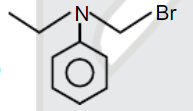 D
D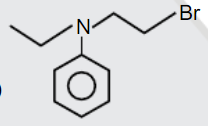
Which of the following is most reactive toward SNAr :
A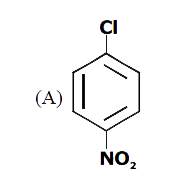 B
B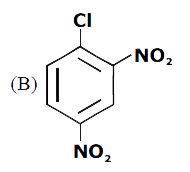 C
C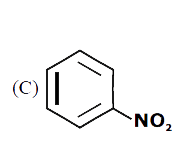 D
D
Which of the following is most reactive towards H2 ?
View SolutionWhich of the following is more reactive then

toward Nu−Addition?

View SolutionWhich one among the following metals is more reactive than hydrogen ?
View SolutionWhich among the following is the most reactive gt
View SolutionAmong the following

The correct order of reactivity towards ArSN mechanism is
View Solution
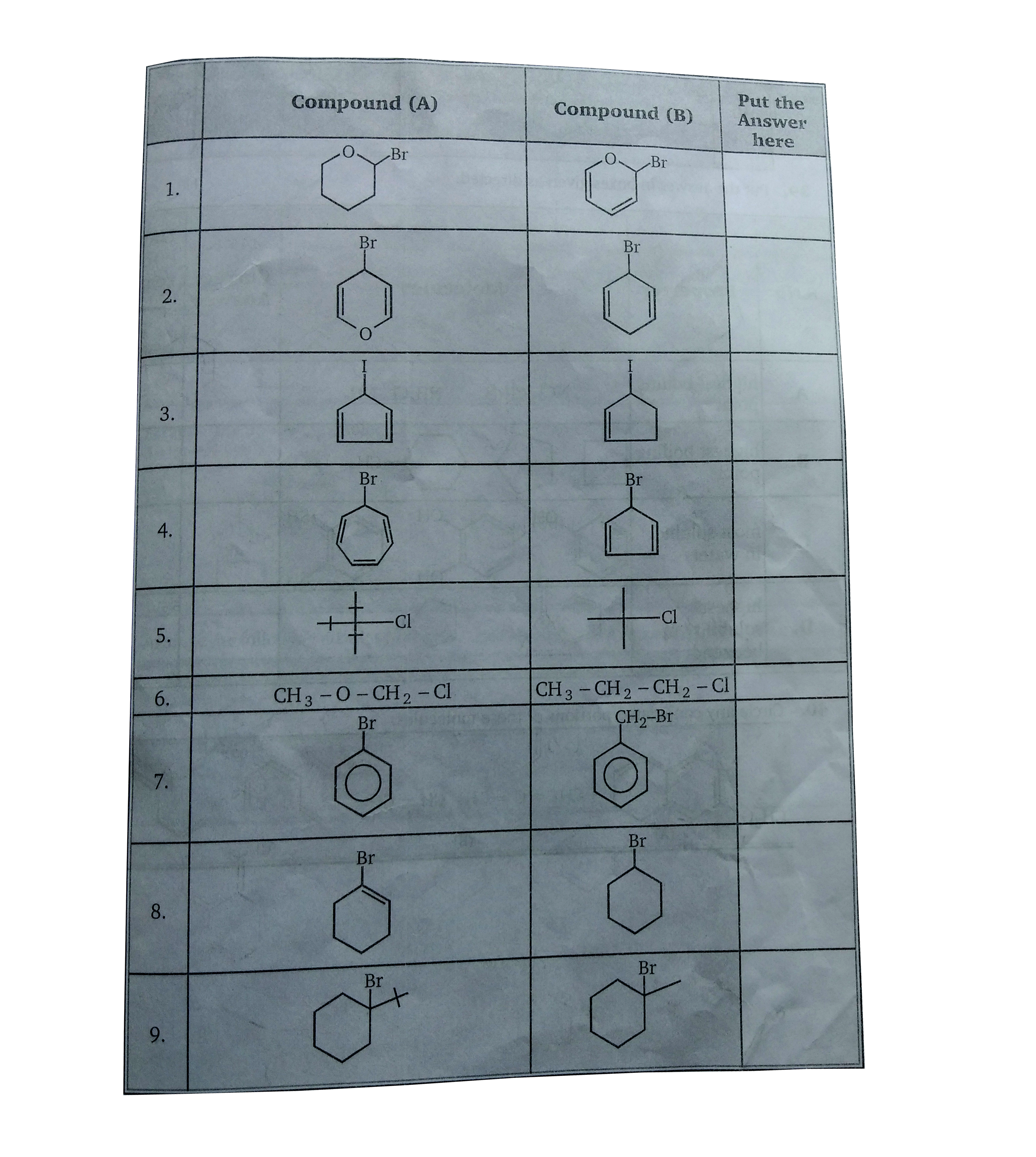
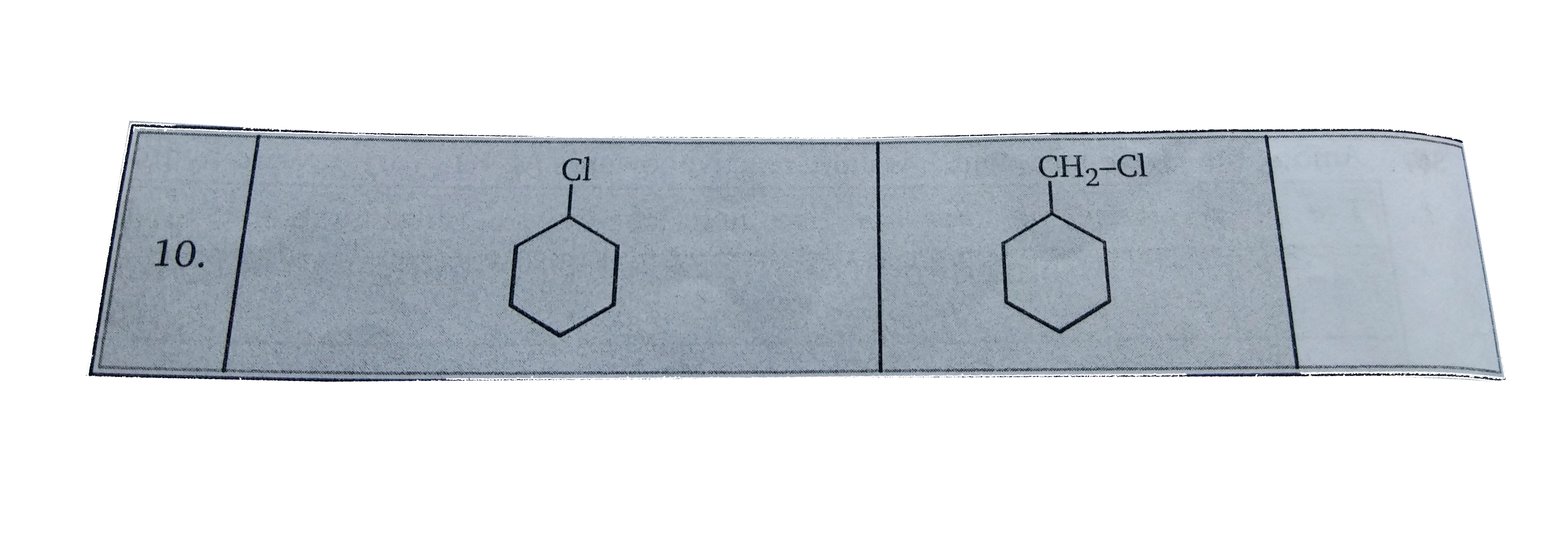
_E01_272_Q01.png)